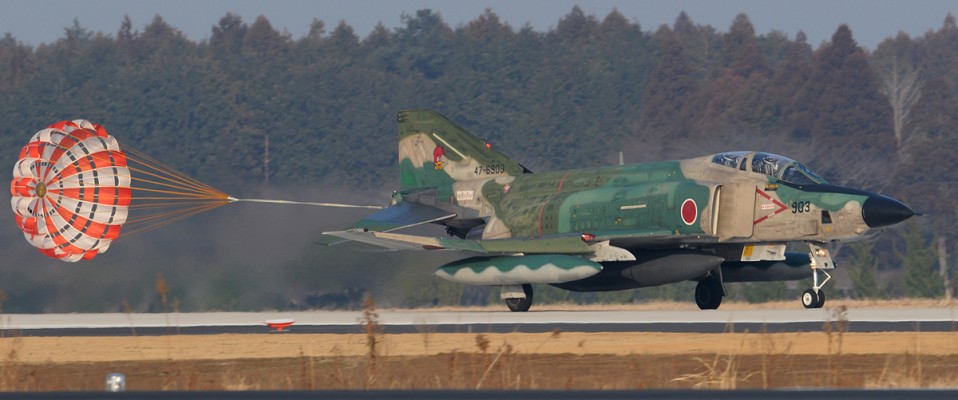Japan Air Self Defense Force – Nihon Koku Jieitai
Report and photos by Peter van den Berg
July 24, 2017
After the lost war in the 1940s, Japan was only allowed to establish a Self-Defense Force (SDF) in 1947 to defend its mainland. On July 1, 1954, the Japan Air Self Defense Force (JASDF) was founded, also called the Nihon Koku Jieitai. The JASDF currently consist of about 47,000 officials and around 3,300 administrative forces. Its fleet consists of 780 aircraft of which 380 are fighter aircraft.
Ops
The Japan Air Self Defense Force is the aviation division of the Japan Self-Defense Forces. Its main task is to defend the Japanese air space, where it carries out combat air patrols around the country. The JASDF is also tasked with maintaining an extensive network of air- and ground early-warning radar systems. Away from mainland, the JASDF has also been carrying out air transport operations during several United Nations peacekeeping missions.
Cooperation
The JASDF works in close collaboration with the United States Air Force, Marine Core and Navy. Its operational and tactical doctrine, albeit adapted to suit the Japanese air defense scenario, is also derived from this cooperation.
Organization
Major command units of the JASDF are the:
- Air Defense Command
- Air Support Command
- Air Training Command
- Air Material Command
- Air Development & Test Command
All five commands play a vital role in the daily operations of the JASDF.
| Japan Air Self Defence Force | ||||
| Chief of Staff, ASDF | ||||
| Air Staff Office | ||||
| Air Defense Command | ||||
| Airborne Early Warning Group | Misawa | |||
| Tactical Reconnaissance Group | Hyakuri | |||
| Northern Air Defense Force | ||||
 |
Headquarters, Northern Air Defense Force | Misawa | ||
| 2nd Air Wing | Chitose | |||
| 3rd Air Wing | Misawa | |||
| Northern Aircraft Control & Warning Wing | Misawa | |||
| 3rd Air Defense Missile Group | Chitose | |||
| 6th Air Defense Missile Group | Misawa | |||
| 1st Base Air Defense Group | Chitose | |||
| Central Air Defense Force | ||||
 |
Headquarters, Central Air Defense Force | Iruma | ||
| 6th Air Wing | Komatsu | |||
| 7th Air Wing | Hyakuri | |||
| Central Aircraft Control & Warning Wing | Iruma | |||
| 1st Air Defense Missile Group | Iruma | |||
| 4th Air Defense Missile Group | Gifu | |||
| Western Air Defense Force | ||||
 |
Headquarters, Western Air Defense Force | Kasuga | ||
| 5th Air Wing | Nyutabaru | |||
| 8th Air Wing | Tsuiki | |||
| Western Aircraft Control & Warning Wing | Kasuga | |||
| 2nd Air Defense Missile Group | Kasuga | |||
| Southwestern Composite Air Division | ||||
 |
Headquarters, Southwestern Composite Air Division | Naha | ||
| 83rd Air Wing | Naha | |||
| Southwestern Aircraft Control and Warning Wing | Naha | |||
| 5th Air Defense Missile Group | Naha | |||
The Air Defense Command has four regional headquarters stationed in the northern, central, western & southwestern regions of the country. These are located at Misawa, Iruma, Kasuga and Okinawa Island respectively. The regional headquarters are tasked with controlling the surface-to-air missile units located in their respective areas. The Air Support Command is responsible for the direct support of operational forces in aspects such as rescue, transportation, weather monitoring and maintenance. The Air Training Command is tasked with flight- and technical training curriculum operations, while the Air Development and Test Command oversees equipment research and development in areas such as aerospace medicine.
Equipment
Japan flew with the F-86F Sabre in the fifties. These were replaced in the sixties by F-104J Starfighters. When F-4 Phantoms were added to the fleet, these Starfighters were eventually replaced in the seventies. Later the F1 and the F2 followed in the nineties.
Nowadays, the Japan Air Self Defense Forces operate a variety of aircraft. Its fleet consists of nearly two hundred F-15s and almost one hundred F-2s, the latter of which is an indigenous longer-range variant of the F-16C. Next to this its fleet also consists of McDonnel Douglas F-4 Phantom IIs.
To improve air-to-air combat capability, Japan has been upgrading its fleet of F-2s. The F-2 is widely ridiculed within the JASDF however and is set to retire in the 2020s. The F-15 fleet has also been undergoing upgrades but it is also set to retire in the 2020s. Additional upgrades to the F-15 might extend its life with the JASDF for some years.
To proof in-house production of stealth capable aircraft, Japan produced the Mitsubishi X-2 Shinshin. The program could produce up to 100 aircraft but is considered to be more of a proof-of-concept.
F-35 Lightning II Joint Strike Fighter
Japan has taken delivery of its 1st of 42 F-35s in December of 2016. The decision to acquire these F35s was an interim solution, bridging the gap between its active fleet and aforementioned retirement plans. Although the aircraft is license-produced by Mitsubishi in Japan, it does not feature some of the aircraft’s most sensitive and advanced technologies available. The already delivered F35s are part of the 944 Fighter Wing and are stationed at Luke AFB, Arizona.
F-4 Phantom
Six squadrons (named Hikotai) used to fly the F-4, namely Hikotai 301 through 306. The aircraft received updates throughout the nineties and at this moment all Phantom units are stationed at Hyakuri air base. 301 & 302 Hikotai fly the F-4EJ and the 501 Hikotai flies the recce variant, the RF-4E-Kai and the RF-4EJ-Kai. The JASDF took delivery of fourteen RF-4Es in 1975 and 1976. Some of which were lost in accidents over the years. Surplus RF-4Es have been converted for the reconnaissance role, adding to the fleet of RF-4Es. These aircraft are not equipped with the typical reconnaissance nose that distinguishes the recce aircraft but can carry three different pods for a variety of tasks such as:
- Long Range Oblique Photography (LOROP) POD.
- Airborne Electronic Reconnaissance System (ASTAC) POD.
- Electronic Intelligence (ELINT) POD.
Lately, the air force has started to phase out its RF-4s.
F-15 Eagle
Throughout the eighties, 223 F-15Js were acquired by the air force. This makes Japan the biggest buyer and user of the F-15 outside of the United States of America. Only fourteen of these aircraft were produced by McDonnell-Douglas. The remaining aircraft on order were built, under license, by Mitsubishi.
The F-15J is a modified version of the F-15, lacking the ECM radar warning system and nuclear equipment. Next to that the AN/ALQ-135 Internal Countermeasures System is replaced by the indigenous J/ALQ-8. Also, the AN/ALR-56 Radar Warning Receiver is replaced by the J/APR-4.
The following Hikotai fly this American aircraft:
- Chitose Hikotai 201 & 203
- Komatsu Hikotai 303 & 306, including Hiko Kyodogun (Aggressor Group)
- Naha Hikotai 204 & 304
- Nyutabaru Hikotai 305 & Hikotai 23 (training)
The Gifu test base, where the Air Development and Test Command is stationed, flies with almost all types of aircraft within the fleet. This includes the F-15J. At present, JASDF plans to upgrade the F-15J in order to double the amount of aircraft capable of carrying air-to-air missiles. This would make a total of sixteen aircraft capable of carrying aforementioned missiles.
F-2
The fleet also consists of 90 F-2 multi-role fighters. The initial plan was to build 140 of the type. This was later brought down to 94. Its design is based on the General Dynamics F-16 and its first flight took place on October 7, 1995.
Some of the differences between the F-2 and the F-16.
- A 25% larger wing area.
- Composite materials in order to reduce overall weight and radar signature.
- A longer and wider nose in order to accommodate a J/APG-1/J/APG-2 active electronically scanned array (AESA) radar.
- Larger tailplane.
- Larger air intake.
- Three-piece cockpit canopy.
- Capabilities for four ASM-1 or ASM-2 anti-ship missiles, four AAMs, and additional fuel tanks.
The air force bases where the F-2s are stationed are:
- Matsushima 21 Hikotai Training unit.
- Misawa 3 Hikotai.
- Tsuiki 6 & 8 Hikotai.
The area where Matsushima is located was heavily hit by a tsunami in 2011. This lead to eighteen F-2s being severely damaged, five of which being a complete write-off. The other thirteen were repaired and returned to service. For the time being, training unit 21 Hikotai was relocated to Misawa between 2011 & 2016.
Transportation, search and rescue & airborne early warning platform
Between 1971 and 1981, thirty-one locally developed Kawasaki C-1s were delivered to the JASDF. The aircraft once served three squadrons. Currently, it is only in use with the 402 Hikotai at Iruma and the 403 Hikotai at Miho. 401 Hikotai, located at Komaki, used to fly the C-1 but converted to the C-130H of which sixteen are currently in use. This aircraft was purchased in order to make long-range flights to the islands possible. In addition to the C-1 and C-130, Japan has smaller aircraft such as the U-125, Gulfstreams for VIP transportation and the YS-11 for ECM- and calibration tasks. The CH-47J ‘Chinook’ also plays an important role in carrying out transportation tasks. These medium-lift helicopters replaced the KV-107s, which were phased out in the nineties.
Due to Japan being a large island, many missions are flown over the sea. For this reason, each base has its own search-and-rescue unit (Air Rescue Wing). The so-called Koku Kyunantai’s fleet consists of U-125s and helicopters such as the UH-60J.
Between 1983 and 1998, the E-2C Hawkeye was the sole airborne early warning aircraft platform for the JASDFs Airborne Early Warning Wing. This changed when four Boeing E-767s were added to the fleet. These AWACS aircraft are based at Hamamatsu and entered service between 1998 and 1999. The units that fly the E-2C Hawkeye are the 601 Hikotai at Misawa and the 603 Hikotai at Naha.
T-4
The Kawasaki T-4 is a subsonic jet trainer aircraft used by the JASDF. Normally, a Hikotai has three T-4s available for liaison duties. Exceptions are the 301 and 302 Hikotai, equipped with up to eight T-4s. The aircraft is also used by the JASDFs Blue Impulse aerobatic team.
Training
All combat-ready training is carried out in Japan itself. Almost 50 T-7s are used to carry out the initial jet-training. These training missions are carried out at air base Hofu-Kita with the 12 Hiko Kyoikudan and at Shizuhama, with the 11 Hiko Kuyoikudan.
After the training on the T-7 has finished, future pilots start on the T-4 with the Air Training Command (Koku Kyoiku Shudan) at the air base of Hamamatsu, with the 1 Kokudan, or at Ashiya, at the 13 Kyoikudan. For future F-15 pilots, the 23 Hikotai at Nyutabaru plays an important role. This air base is equipped with F-15DJs for training purpose.
The Hiko Kyodogun (Aggressor Group) is a special squadron, located at the air base of Komatsu. This unit is part of the Tactical Air Training Command and is responsible for further training on the F-15J. The unit is characterized by the F-15s all carrying its own unique aggressor paint scheme. The unit was transferred to Komatsu in 2016 but had been stationed on the southern base Nyatabaru for years.
Future of the JASDF
The F-4 will be phased out in the upcoming years. Thanks to recent updates, the F-15 will continue to fly for a couple more years. Japan’s future plans are to acquire 100 fifth-generation fighter aircraft before 2030. The first step has already been made, having ordered 42 F-35s of which the first are already flying. Next to that, Japan is currently focusing on further developing the F-3 within the future-fighter-program. This program is aimed at producing a fighter aircraft carrying sixth-generation technology.



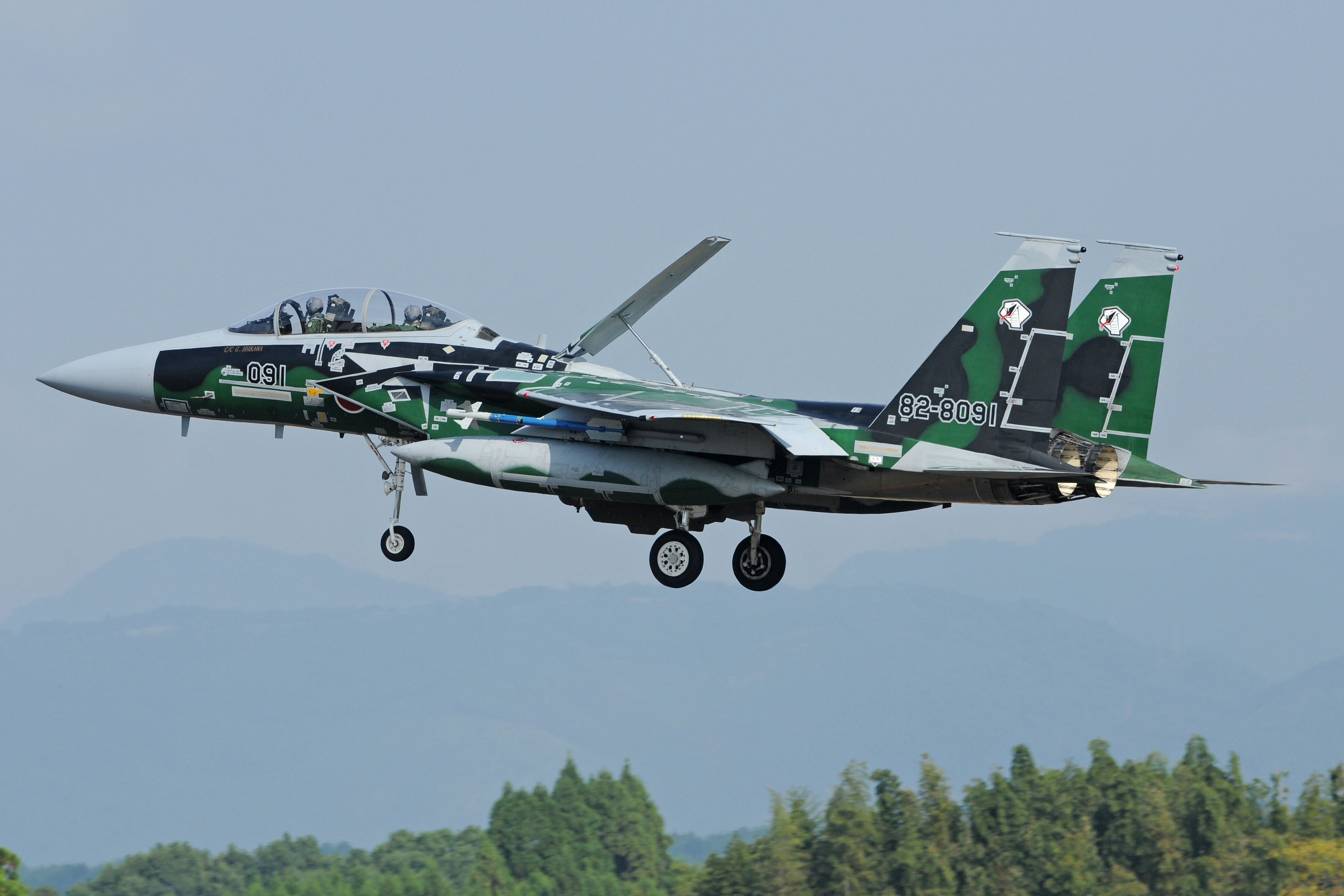
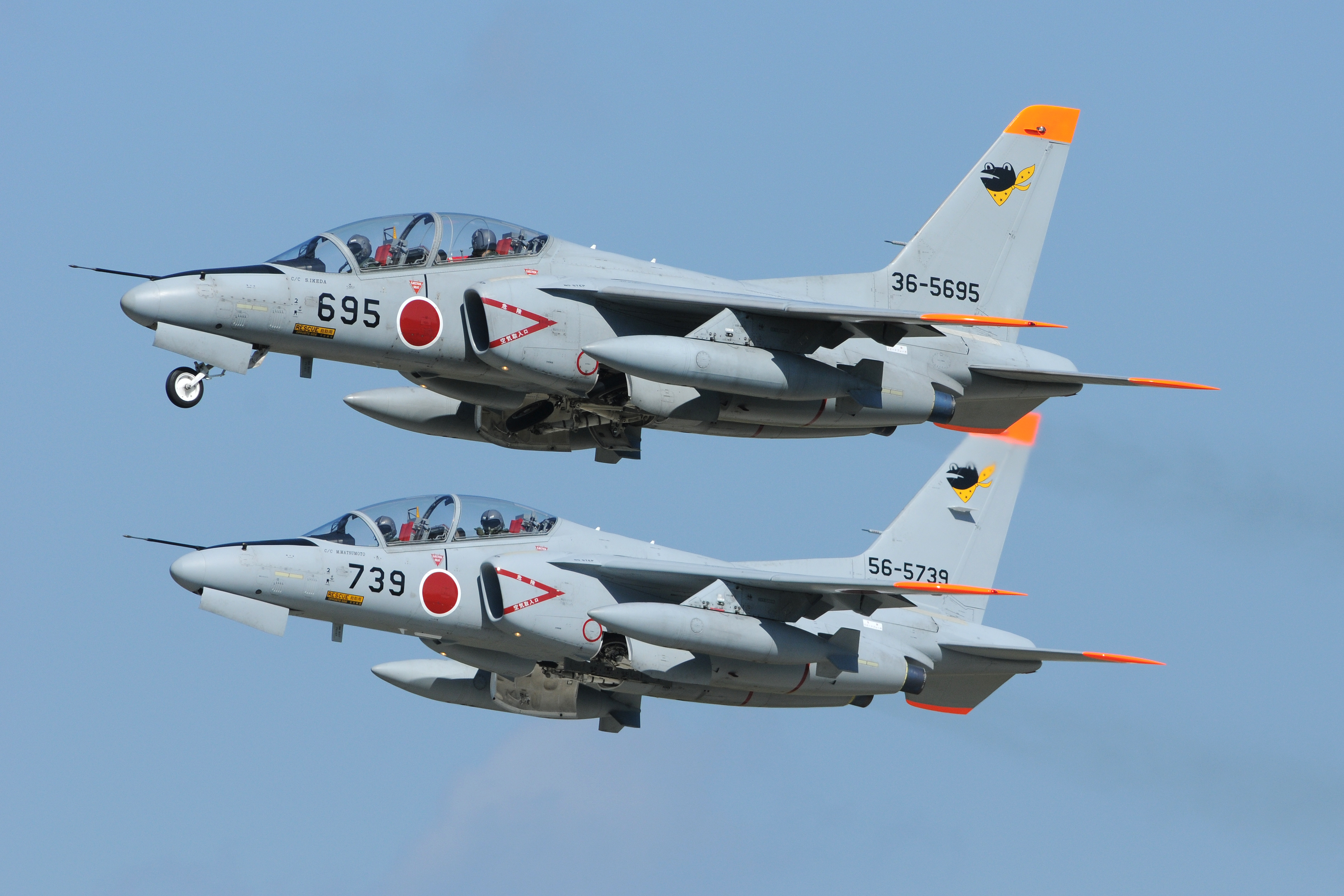
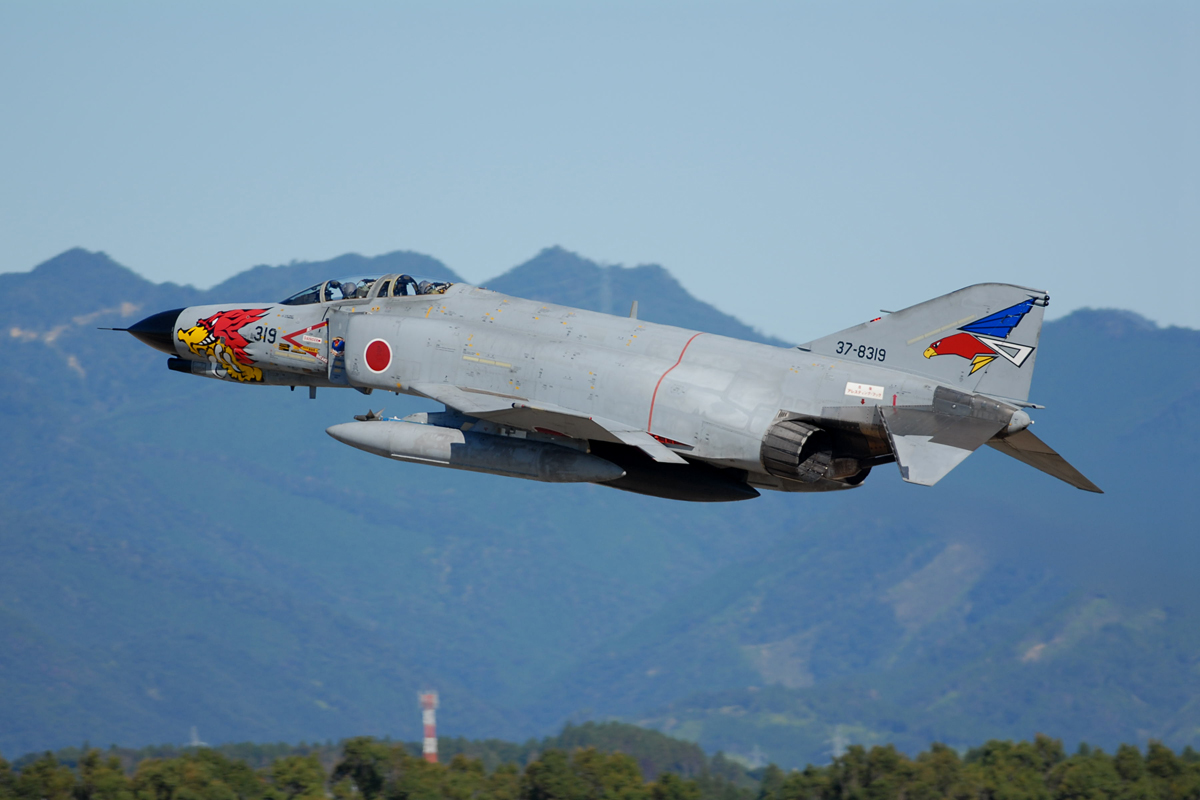

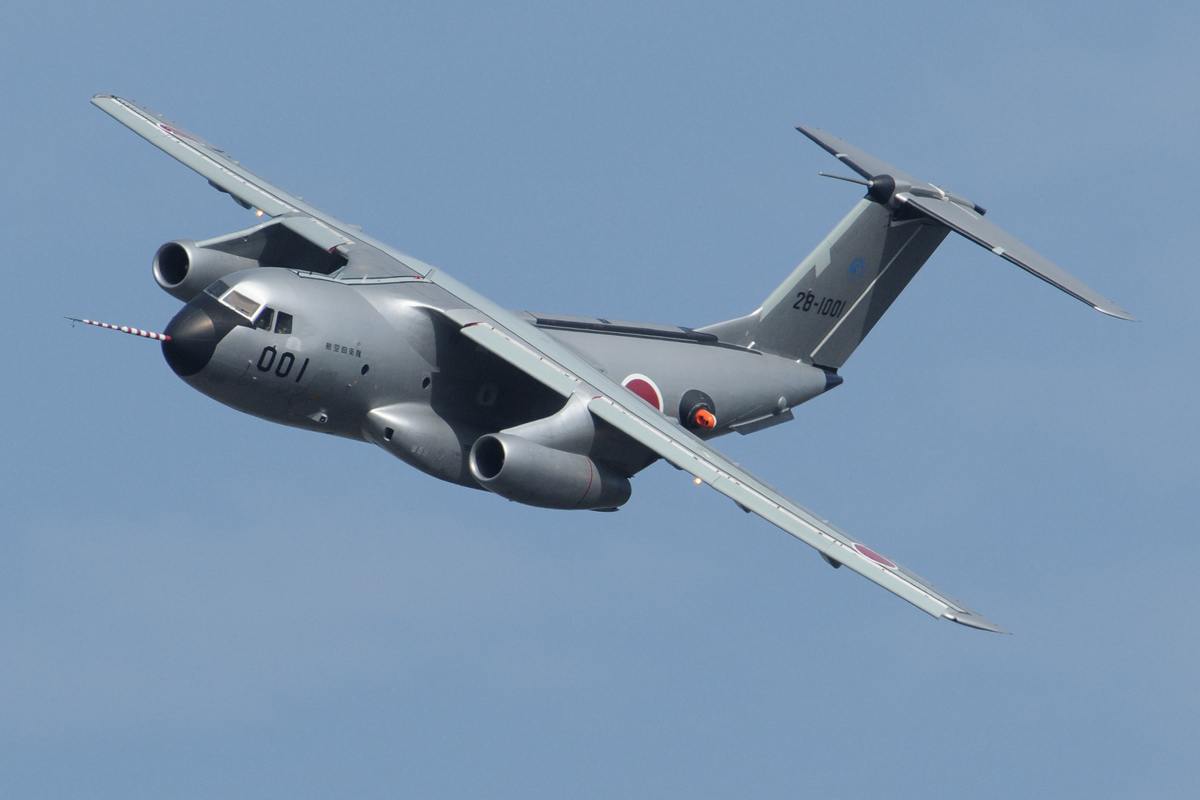
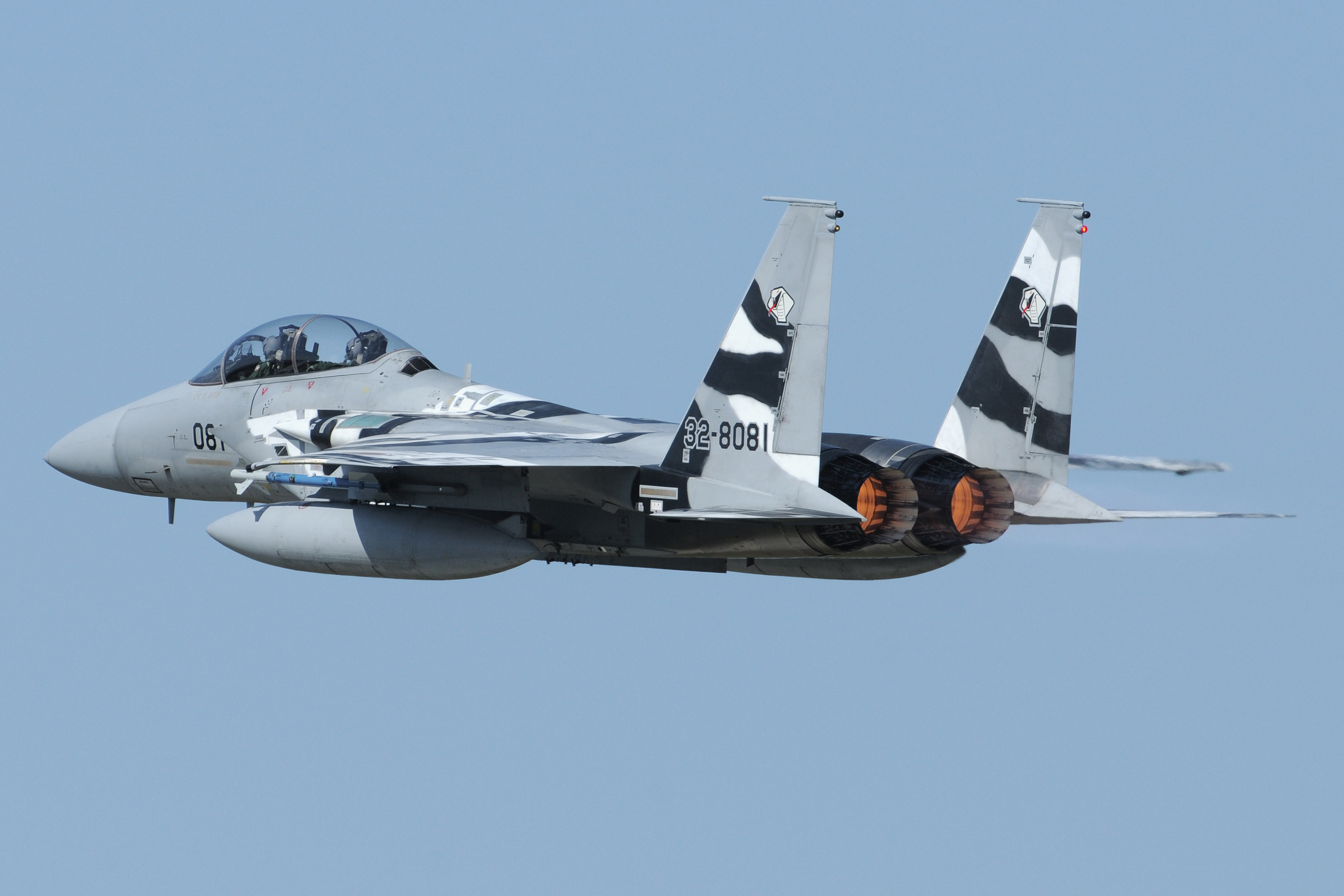

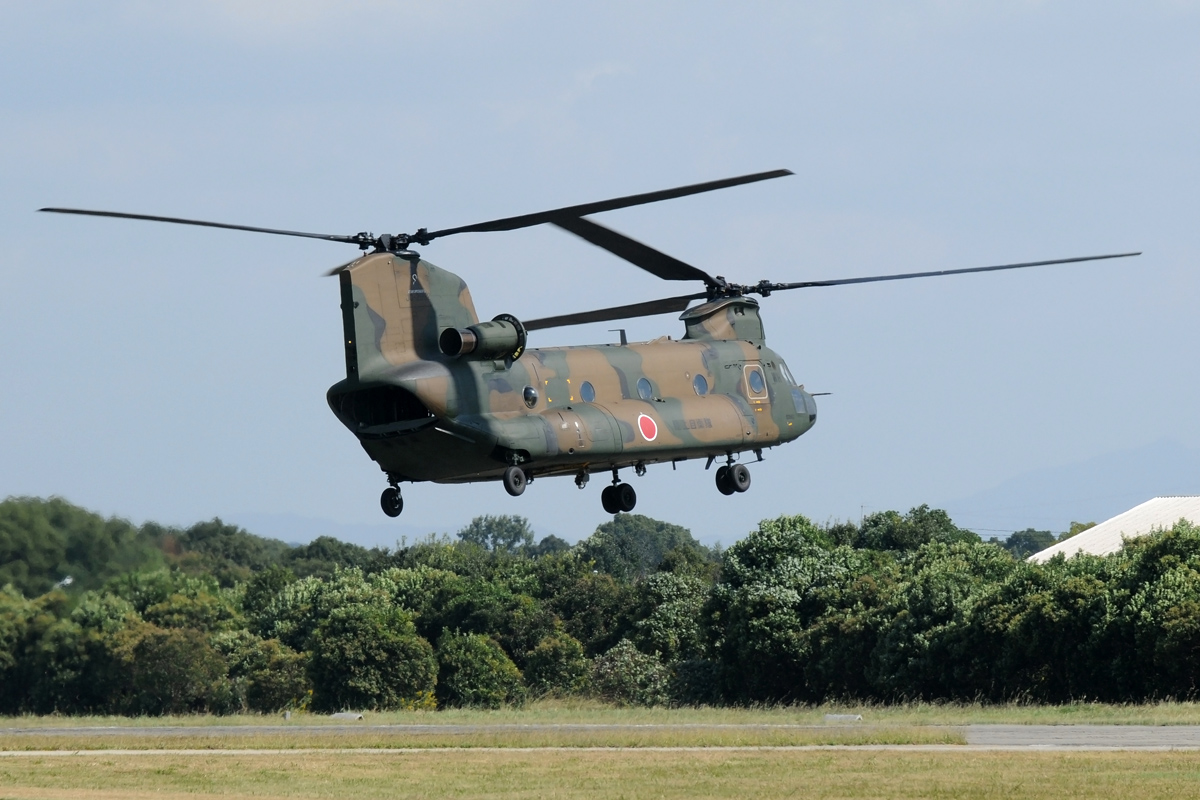


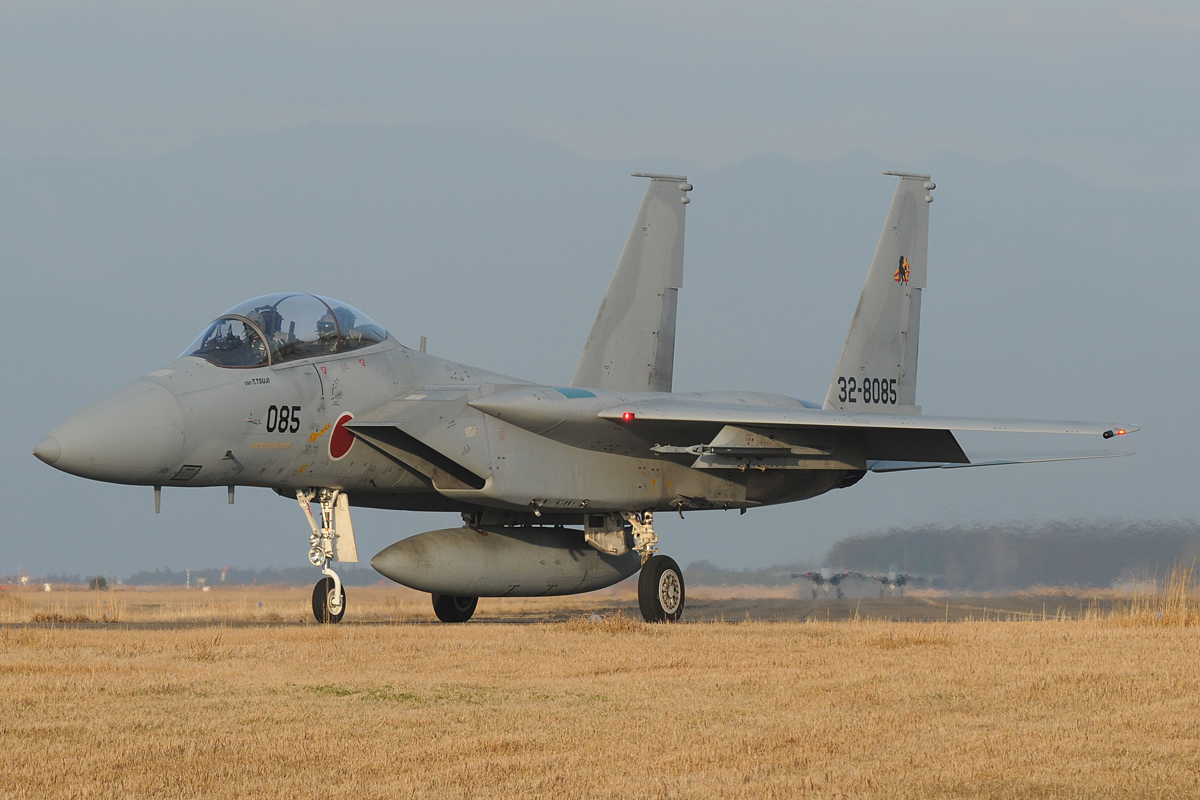
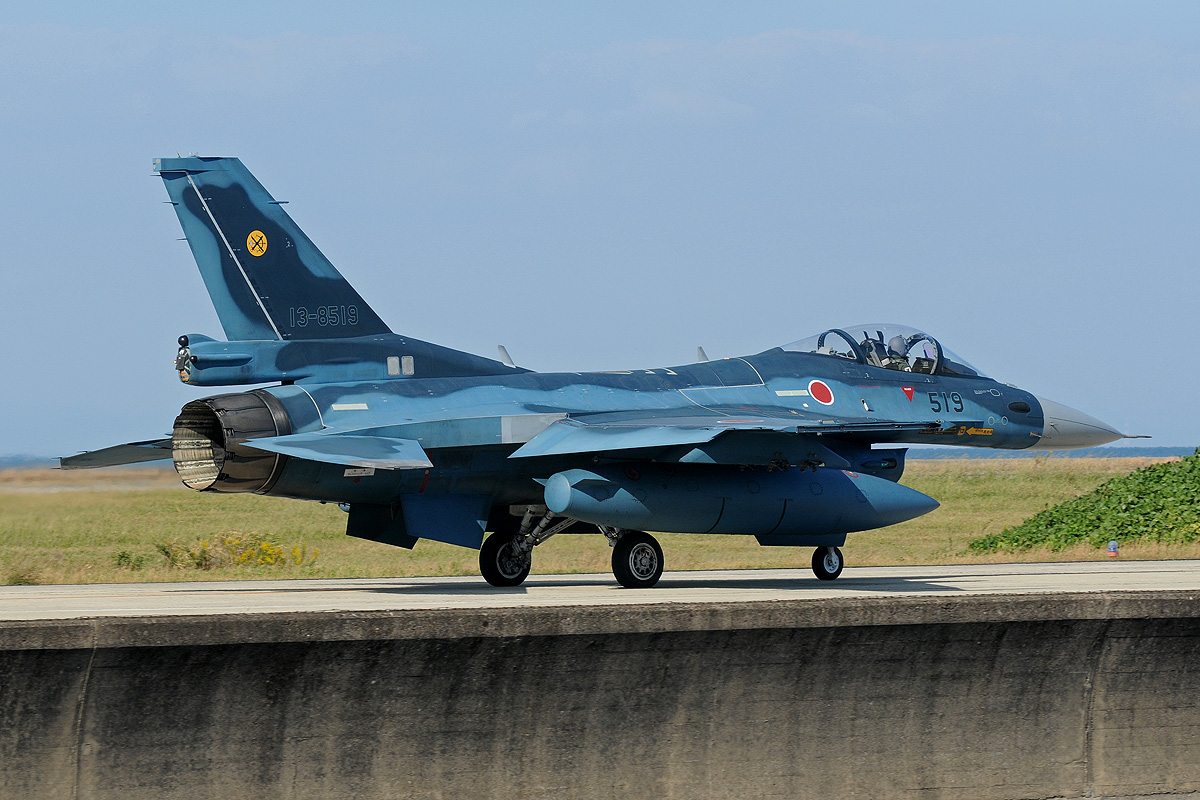
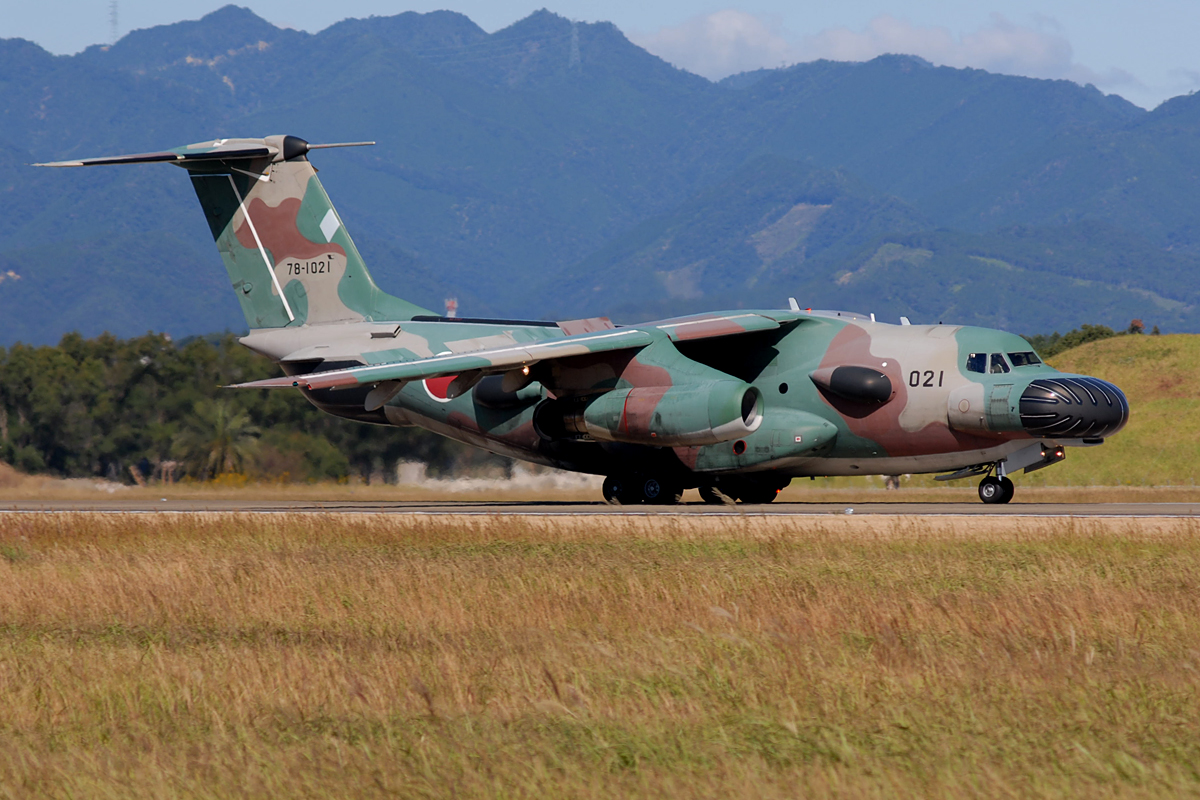


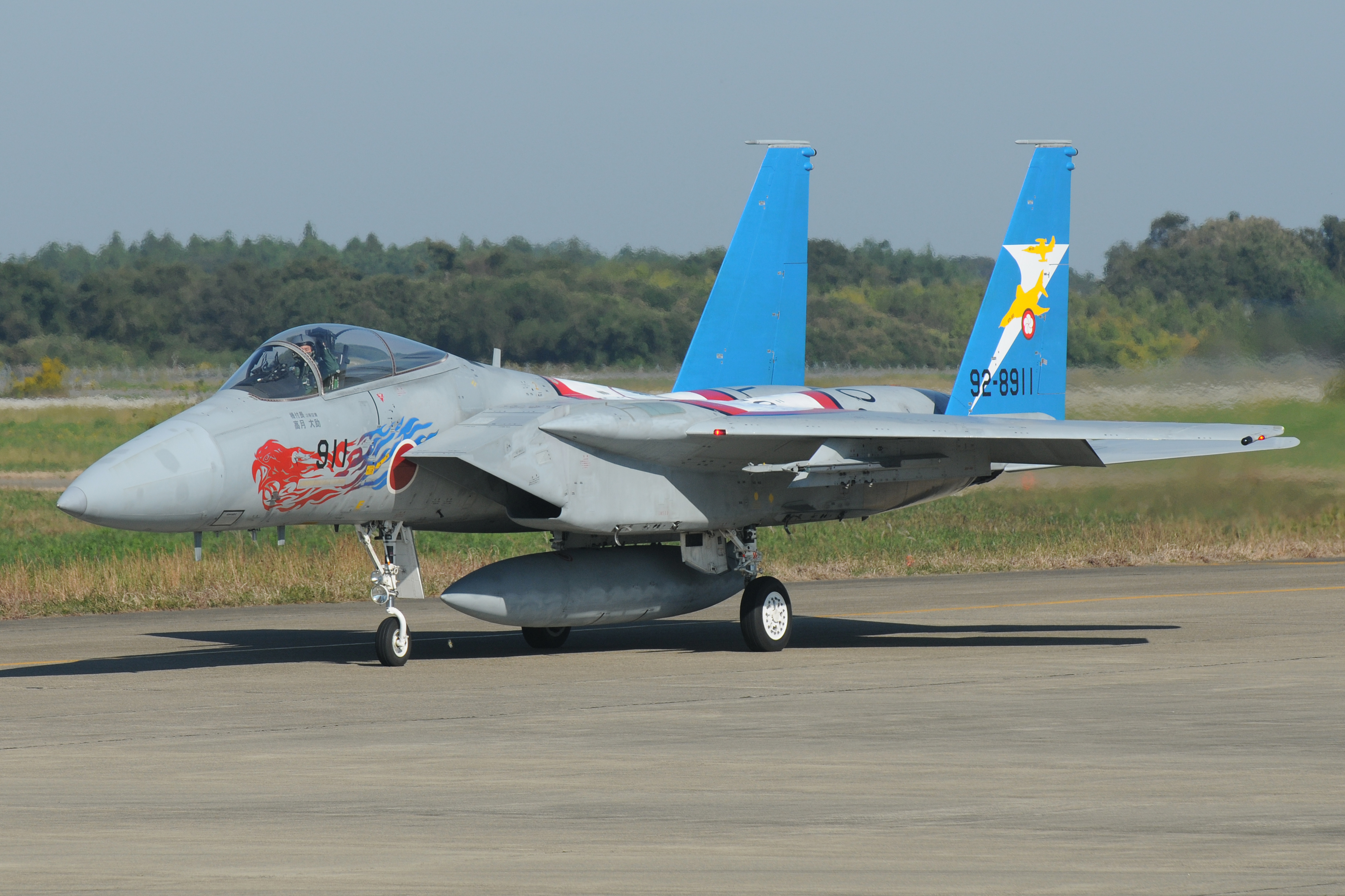

Click on an image below to page or swipe through the gallery:


